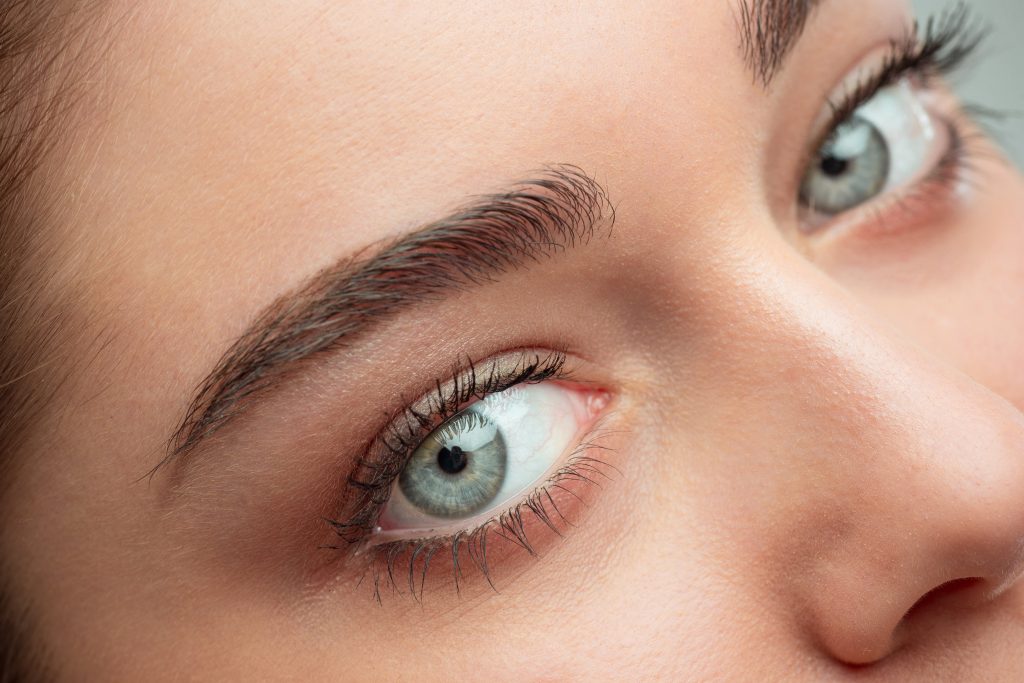Blepharoplasty—also referred to as eyelid surgery or an eyelid lift—is a commonly performed surgery that removes excess skin from the upper or lower eyelids, or both. Extra skin can collect on the eyelids with age, sun damage, and due to genetics, among many other factors. A blepharoplasty is quick and often does not require local anesthesia, making the recovery easier and less painful.
With that said, there is still a recovery period following blepharoplasty surgery with Dr. Ludwig Allegra at Northwest Face & Body. Patients can expect two to three days of limited eye strain activities, no driving, and monitoring side effects. Still, patients usually do not need prescription pain medication. Patients are often instructed to apply ointments and ice to the surgical area. Patients often ask, “When should I stop icing after blepharoplasty?
Benefits Of Ice After Surgery
Firstly, it should be noted that not all patients will need to ice or be instructed to ice. Over icing, icing incorrectly, or icing when it is not necessary can cause larger issues. However, if Dr. Allegra tells a patient they should ice after blepharoplasty surgery, it is serving several purposes. Some of the primary benefits of ice after surgery include:
- Swelling reduction
- Pain management
- Inflammation reduction
- Decrease side effects
Cold therapy has long been used to address these concerns. It temporarily restricts blood flow to the area and slows nerve signals in the area. However, icing should only be done for about twenty minutes at a time because blood flow is important for healing. Ice simply prevents swelling, inflammation, and pain from becoming unbearable or severe.
How To Ice After Blepharoplasty Surgery
The exact procedures for icing after a blepharoplasty surgery may vary by patients based on the surgery they underwent and their medical history. In general, patients will take an ice pack and wrap it in a dish towel or some other clothing covering. Gently placing it over their eyes, they will leave it there for ten to twenty minutes. The patient will then remove the ice and repeat this process two to three times a day, on average.
Because blepharoplasty patients see their side effects subside within a few days—and many return to work within that time frame—patients only need to ice for one to three days. In some cases, occasional icing may be warranted, but Dr. Allegra will provide patients with this protocol as needed. Also, patients should be careful not to over-ice the area. Doing so can damage the skin or hinder the healing process. Therefore, as side effects improve, patients can slowly begin to ice fewer times per day.
Conclusion
Like with blepharoplasty surgery, Dr. Allegra will personalize the recovery instructions to fit the patient’s needs and specific procedure. This could include extra icing or no icing at all. Overall, as long as a patient follows Dr. Allegra’s instructions, they are likely to see only benefits from icing the surgical area during recovery.
Blepharoplasty surgery involves one of the easier and shorter recoveries in all of plastic and cosmetic surgery. Still, this does not mean that basic pain management procedures are not necessary or helpful.
To learn more and schedule a consultation, call us at 425-576-1700. Patients can also reach out online via chat, contact form, or Price Simulator.






